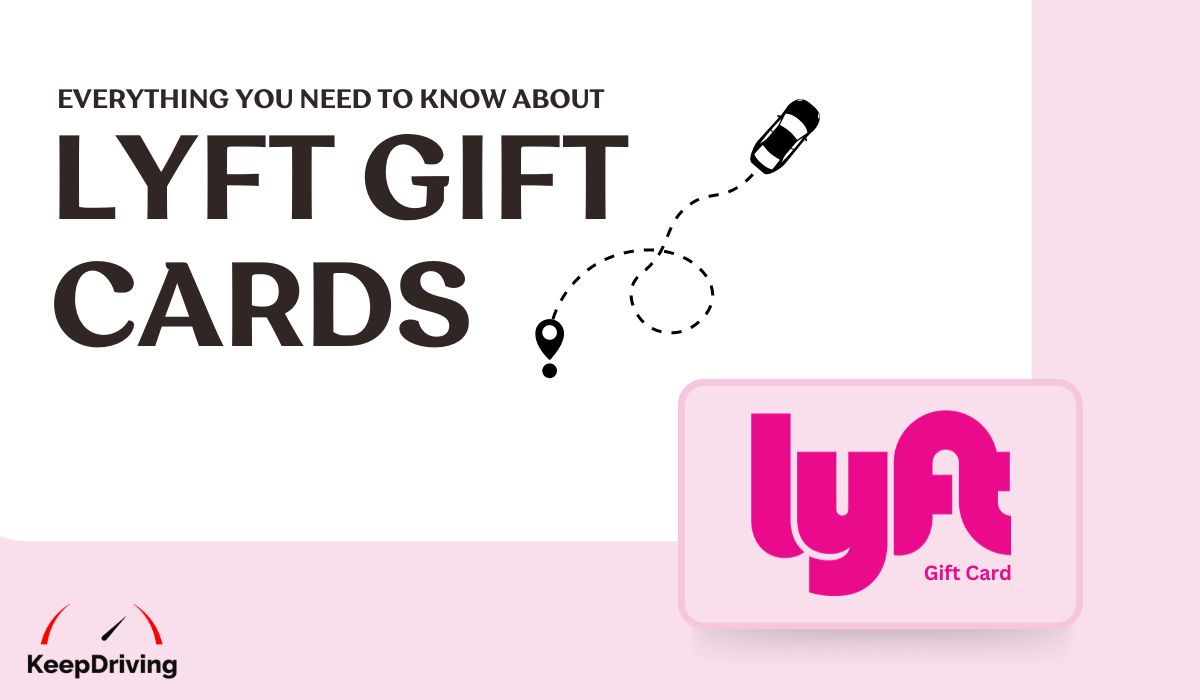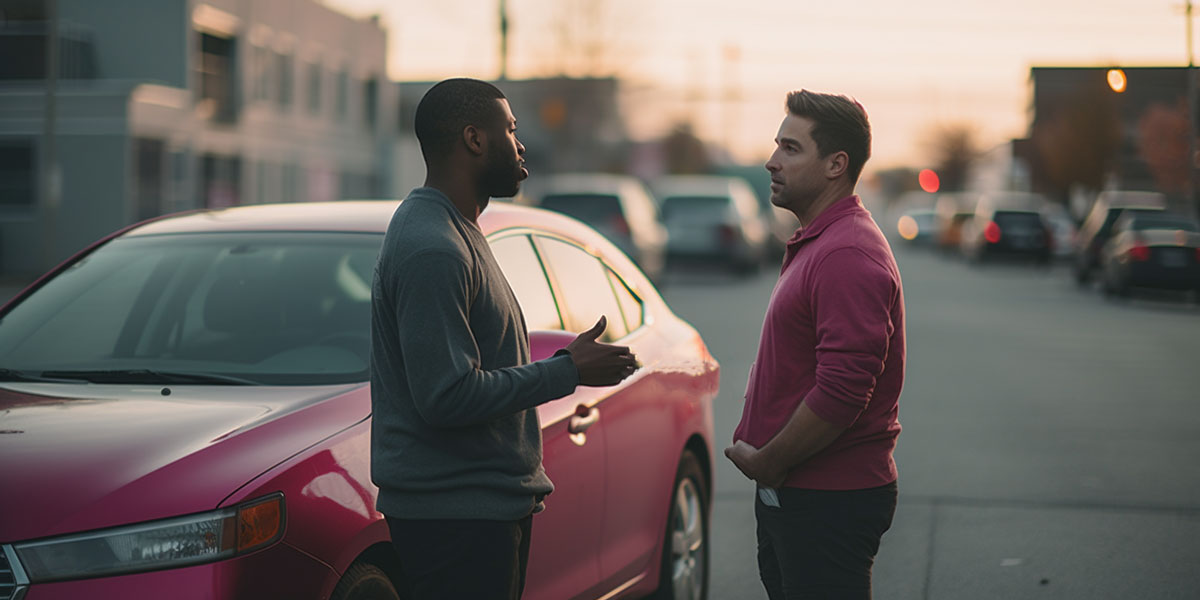Understanding Lyft's Insurance Coverage
Driving with Lyft involves navigating the complexities of insurance coverage, a crucial aspect for every rideshare driver. Lyft's insurance policies are designed to provide peace of mind and protection, but understanding the nuances is key. Notably, Lyft provides insurance coverage for drivers in three distinct periods: when the driver's app is off when it's on, and they can receive ride requests, and when they're en route to pick up passengers or during rides.[1] This blog aims to demystify Lyft's insurance coverage, ensuring drivers are well-informed and prepared.
State Requirements and Personal Auto Insurance
First and foremost, Lyft drivers must have auto insurance that meets their state's minimum coverage requirements. However, it's important to note that most personal auto policies do not extend coverage while driving for Lyft. This gap necessitates additional coverage, either through a rideshare insurance policy or a rideshare endorsement, to ensure complete protection.
Fast Facts
Lyft is required to maintain a minimum of $1,000,000 per incident coverage for incidents involving vehicles.[3]
Lyft's Insurance Coverage: Breaking It Down
Lyft's insurance coverage is segmented into three distinct periods, each with its own set of rules:
When the App is Off
Your personal auto insurance is in effect. If you're using a car rented through Express Drive, the standard insurance included with the rental applies.
When the App is On (Awaiting Ride Requests)
During this phase, Lyft provides third-party liability insurance for covered accidents if your personal insurance does not apply. This includes:
-
$50,000 per person for bodily injury
-
$100,000 per accident for bodily injury
-
$25,000 per accident for property damage
When the App is On (En Route to Passengers or During Rides)
This period sees Lyft offering more comprehensive coverage, including various insurance layers depending on the driver's status. During the first period, when the driver's app is off, the driver's personal auto insurance coverage applies, or the standard insurance is included if the driver rented a car through Express Drive.[2] As the driver's status changes, Lyft's insurance coverage adapts to provide the necessary protection.
-
At least $1,000,000 for third-party auto liability
-
Various first-party coverages like uninsured motorist coverage, underinsured motorist coverage, PIP, MedPay, and/or Occupational Accident coverage
-
Contingent comprehensive & collision coverage up to the actual cash value of the car ($2,500 deductible), provided the driver has comprehensive and collision on their personal auto policy
Fast Facts
In the unfortunate event of an accident, Lyft has outlined clear steps for drivers.
What to Do in Case of an Accident
In the unfortunate event of an accident, Lyft has outlined clear steps for drivers. It's important to note that during the second period, when the app is on and drivers are able to receive ride requests, Lyft maintains third-party liability insurance for covered accidents, with specific coverage limits.[3] This ensures that drivers have a clear understanding of their coverage during different phases of their driving activity and can take appropriate steps in case of an incident.
-
Get Emergency Help: Utilize the Lyft app to quickly connect with an ADT security professional who can assist and provide ride details to 911.
-
Report the Accident: Lyft's Claims Customer Care team is available 24/7 to guide drivers through the process post-collision.
Conclusion
Navigating insurance as a Lyft driver can be challenging, but understanding the coverage provided by Lyft and the additional insurance requirements is crucial for every driver's safety and peace of mind. By staying informed and prepared, drivers can ensure they are adequately protected in all aspects of their rideshare journey.
Read more about Lyft car seat options for your next booking from our blogs at Keep Driving to know more.







